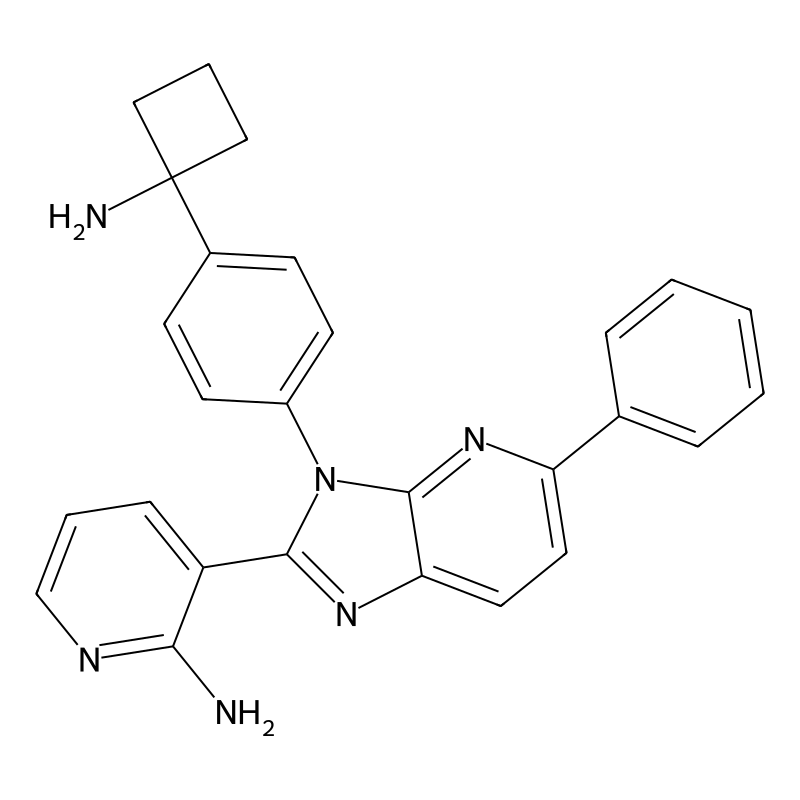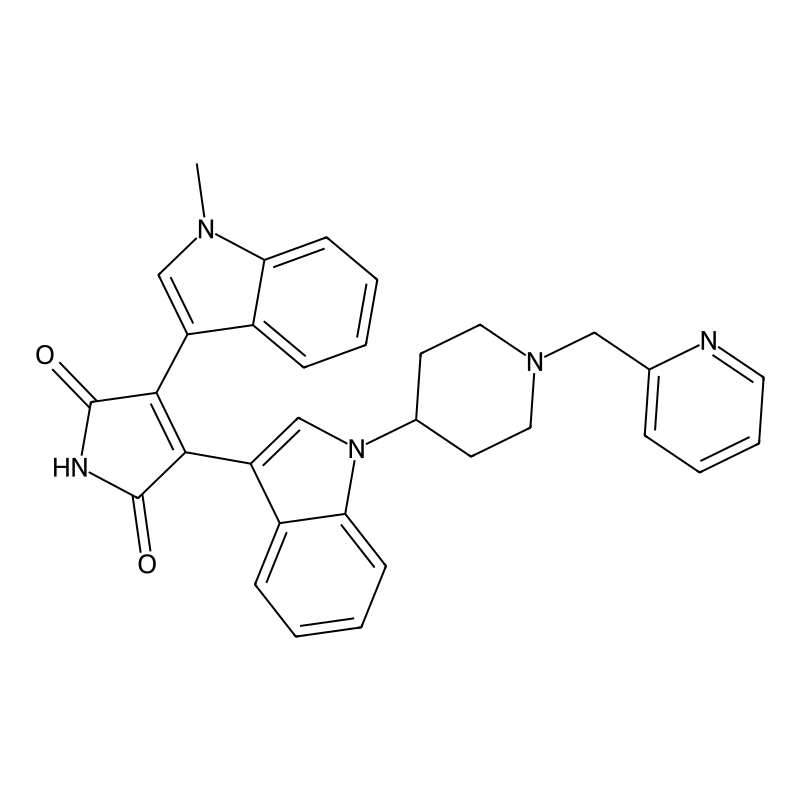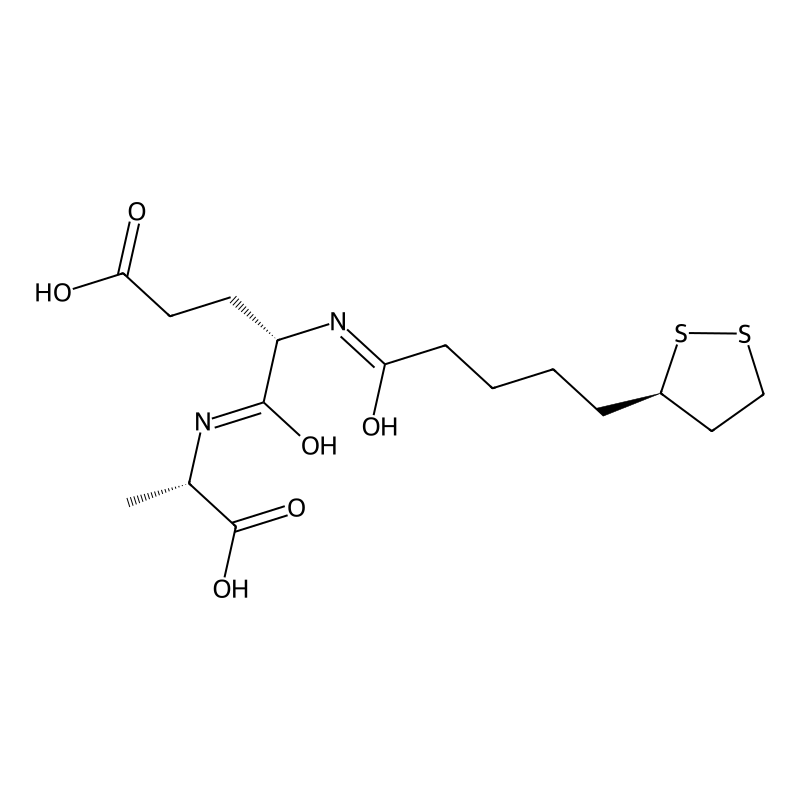AGE/RAGE Pathway
CAS No.:1001264-89-6
Molecular Formula:C24H32ClN5O2
Molecular Weight:458.0 g/mol
Availability:
In Stock
CAS No.:1313881-70-7
Molecular Formula:C27H24N6
Molecular Weight:432.5 g/mol
Availability:
In Stock
CAS No.:170364-57-5
Molecular Formula:C32H29N5O2
Molecular Weight:515.6 g/mol
Availability:
In Stock
CAS No.:267243-28-7
Molecular Formula:C24H25ClFN5O3
Molecular Weight:485.9 g/mol
Availability:
In Stock
CAS No.:1143532-39-1
Molecular Formula:C21H25ClN6O2
Molecular Weight:428.9 g/mol
Availability:
In Stock





